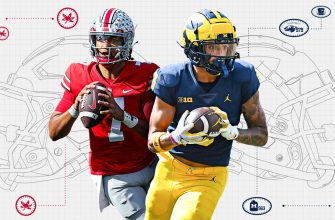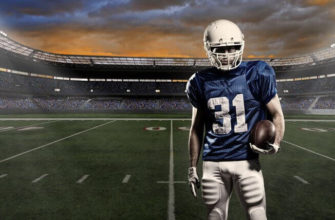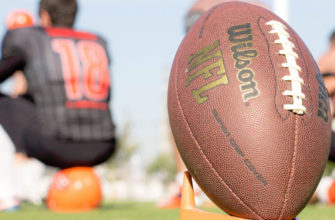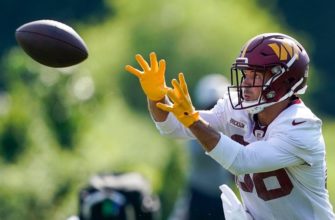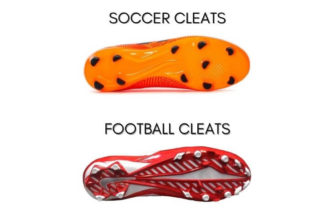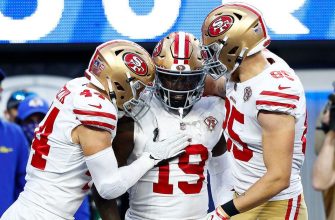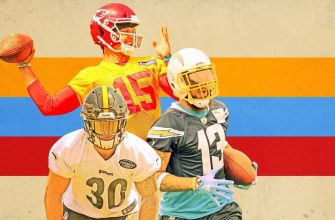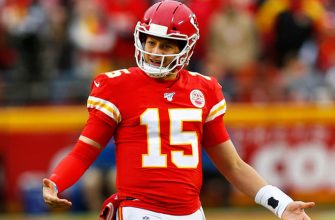The rover position in football refers to a versatile defensive back who lines up all over the field. Rather than stay in a static spot, the rover moves prior to the snap to different areas of the field depending on the play call and offensive formation. This fluidity and ability to be deployed strategically allows the rover to disguise coverages and blitzes, take away key receiving threats, and adapt to exploit vulnerabilities in the offense’s formation.
While the rover does not have an exact territory or assignment, they typically play a hybrid safety/linebacker role, supporting against both the run and pass. Their movements add variability and unpredictability to the defense. The term “rover” comes from their free-roaming nature, not locked into a specific position. An intelligent, quick, and athletic defender can thrive in this movable role.
History of the Rover Position
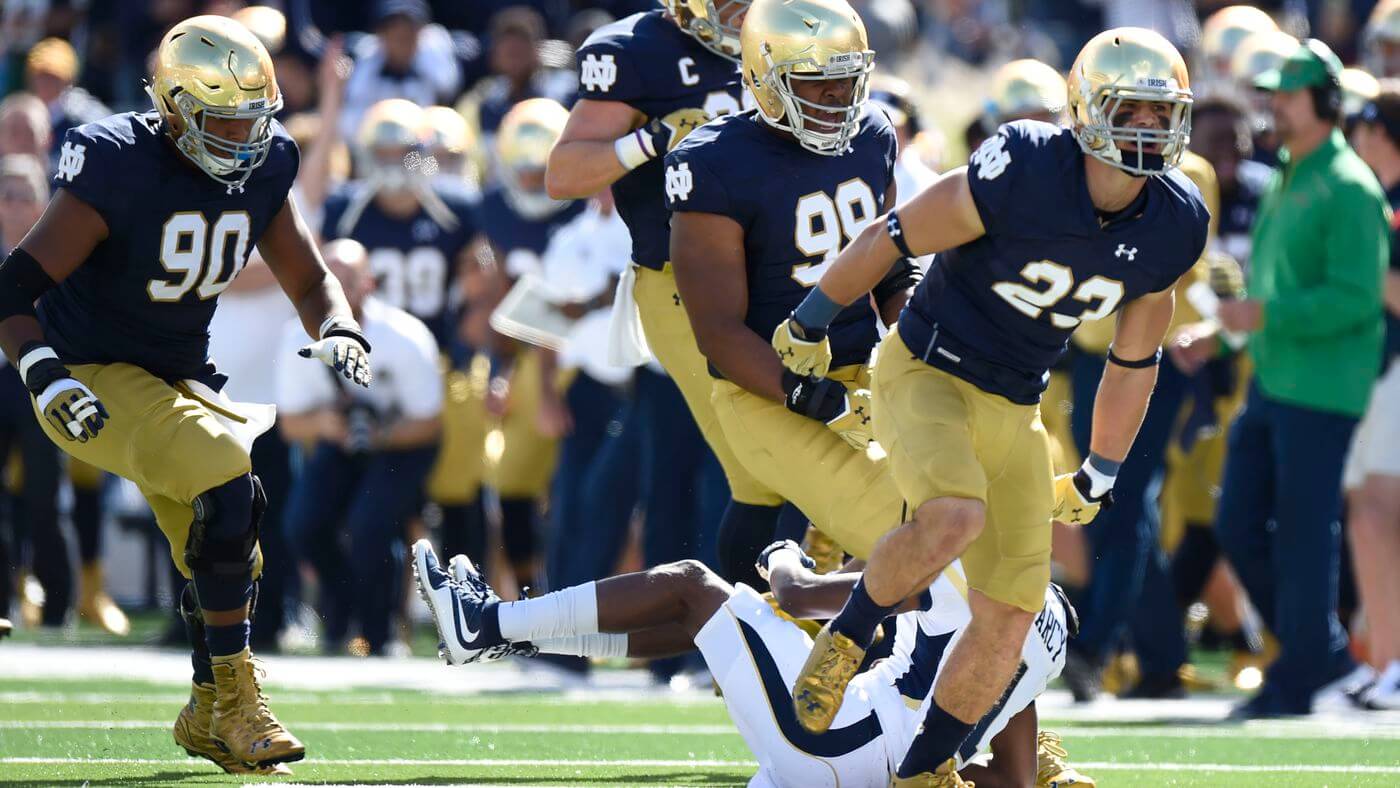
The rover position in football emerged in the 1960s as defenses began experimenting with alignments to counter increasingly complex passing offenses. Some of the earliest uses of a rover role can be traced back to the Oklahoma 5-2 defense developed by Bud Wilkinson in the 1950s. This alignment used a hybrid linebacker/safety player who had the versatility to play both the run and pass.
Other teams started tinkering with similar hybrid defensive backs around this time, but the rover role really took off in the 1960s. Coaches like Bill Arnsparger of the Miami Dolphins began employing a rover as a type of “monsterman,” a safety who could also function as an extra linebacker. Instead of being stuck to one position, the rover was a utility player with the speed of a safety and the size and physicality of an outside linebacker. This allowed them to match up better against receivers coming out of the backfield while still helping stop the run.
As passing offenses continued to advance in the 1970s, the rover became a key piece of defenses like the “50” defense run by the Chicago Bears and the 3-4 defense used by teams like the New England Patriots. The rover’s flexibility was extremely valuable in combatting the uptick in complex passing schemes. Though the role has evolved over time, the core idea of a defensive hybrid with the versatility to defend both the pass and run has remained a constant since its beginnings in the 60s and 70s.
Role and Responsibilities
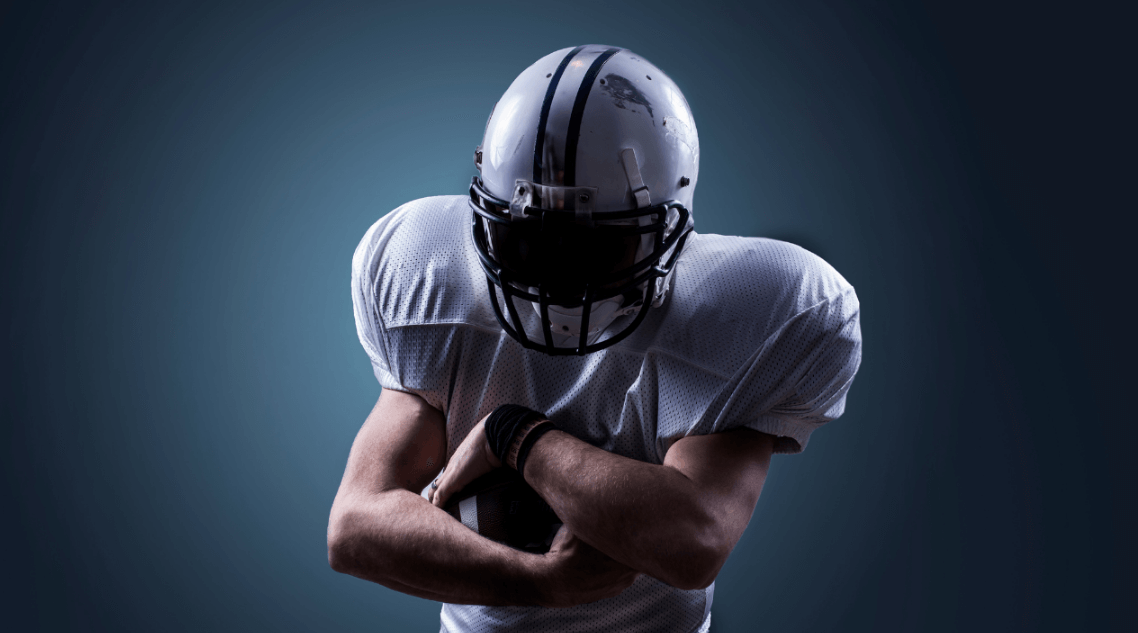
The primary role and responsibilities of a rover in football are centered around versatility and flexibility within the defensive secondary. As opposed to cornerbacks, safeties, and linebackers who tend to play more rigidly defined roles, the rover floats between multiple positions depending on the situation. This allows them to be utilized in creative ways to disrupt the opposing offense.
On defense, the main duties of a rover include:
- Providing additional pass coverage by shadowing receivers, tight ends, or running backs. They may line up like a cornerback or safety depending on matchups.
- Blitzing from various angles to pressure the quarterback. Their unpredictable positioning makes it harder for blockers to pick them up.
- Helping stop the run by filling gaps and tackling any ball carriers that break through the defensive front.
- Spying mobile quarterbacks and preventing scramble plays.
- Disguising coverages before the snap to confuse quarterbacks and coordinate stunts/blitzes.
- Shifting to wherever they are most needed on a given play as determined by alignments and pre-snap reads.
On offense, rovers are rarely utilized. In unique schemes they may be motioned around to create uncertainty about their eventual role as a receiver, ball carrier, or blocker after the snap. Overall the rover’s purpose is defensive flexibility.
Common Defensive Alignments
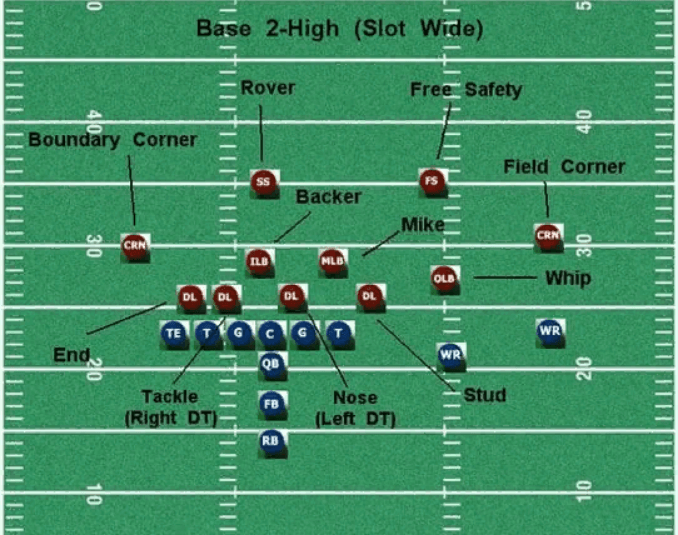
The rover typically appears in nickel or dime defensive formations. These alignments utilize 5 or 6 defensive backs respectively to counter 3+ receiver offensive sets.
In a nickel defense, the rover essentially replaces a linebacker, allowing an extra defensive back to cover the slot receiver. The rover lines up like a linebacker but has the speed and agility of a defensive back. This enables optimal coverage while still providing run defense support.
In a dime defense, the rover replaces a defensive lineman rather than a linebacker. This further emphasizes pass coverage over run stopping power. The rover has more space to operate in the open field. Their role becomes more specialized as a hybrid safety/linebacker defender.
While not as common nowadays, some teams have experimented with “quarter” packages featuring 7 defensive backs. The rover’s responsibilities would expand even further here as part of a heavily pass-focused defensive scheme.
No matter the exact alignment, the rover’s flexibility allows defenses to counter offensive packages and sub-in an extra defensive back without sacrificing front 7 integrity. The rover’s emergence gave rise to nickel and dime defenses that went on to revolutionize modern NFL strategy.
Ideal Skills and Abilities
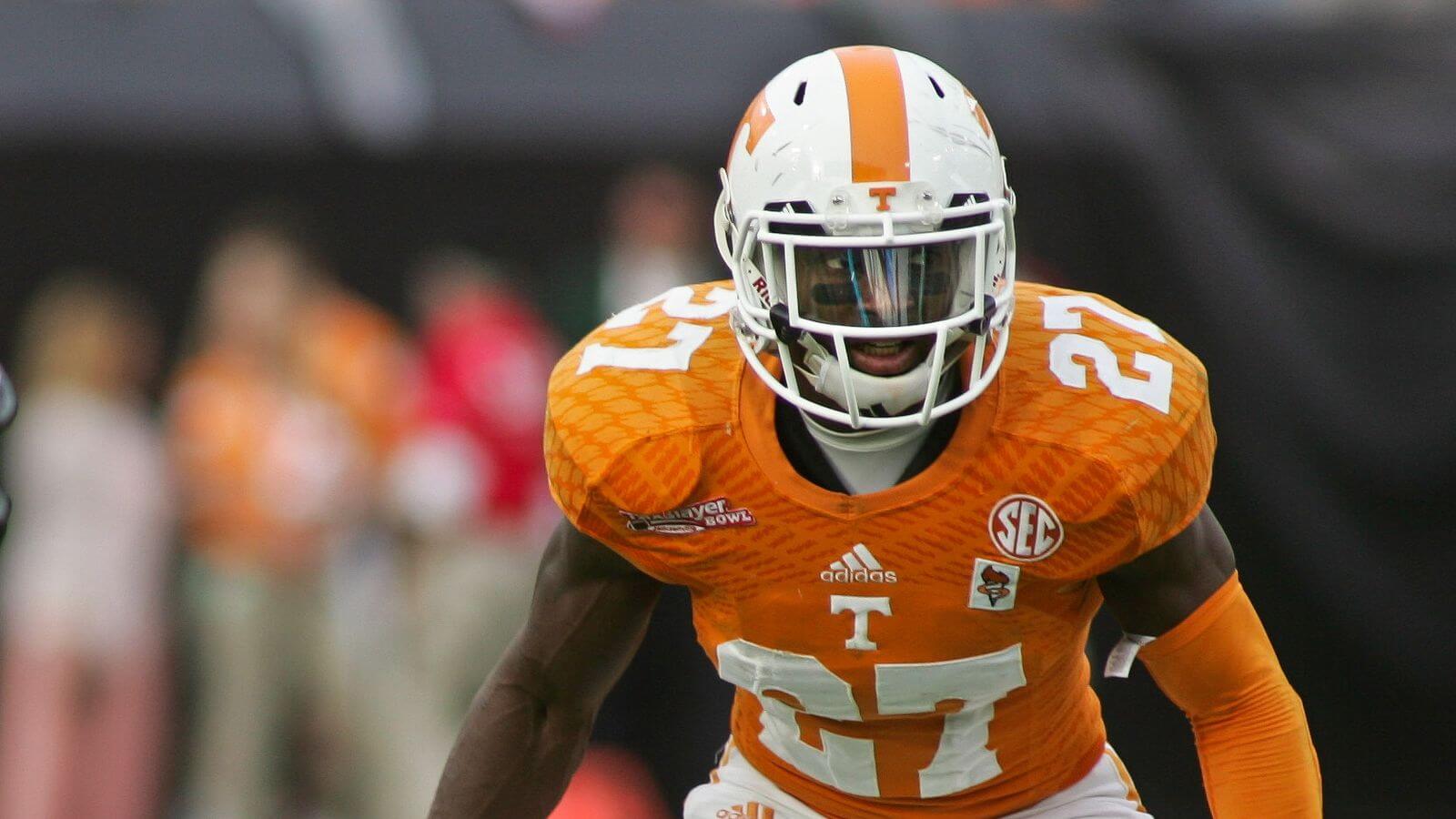
The rover position requires a rare combination of size, speed, and coverage skills to be effective.
Here are some of the key attributes top rovers possess:
- Size – Rovers need enough size and strength to provide run support and match up with tight ends in coverage. Most tend to be in the 6’0″ to 6’3″ range and 200-220 lbs. They can’t be too small or they’ll get overpowered, but also can’t be too bulky to lose mobility.
- Speed – With assignments all over the field, rovers rely on speed to cover ground. They need enough quickness to run with receivers and running backs in man coverage. Top-end speed allows them to be rangy playmakers.
- Coverage skills – Rovers spend a lot of time in space matched up against slot receivers, running backs, and tight ends. They must have the agility and footwork to mirror routes and stick with their man. Instincts and ball skills are critical for making plays on the ball.
The combination of size, speed, and coverage ability gives rovers the versatility to handle multiple roles within a defense. Few players can do it all at a high level, which is why elite rovers are so valuable.
Famous NFL Rovers
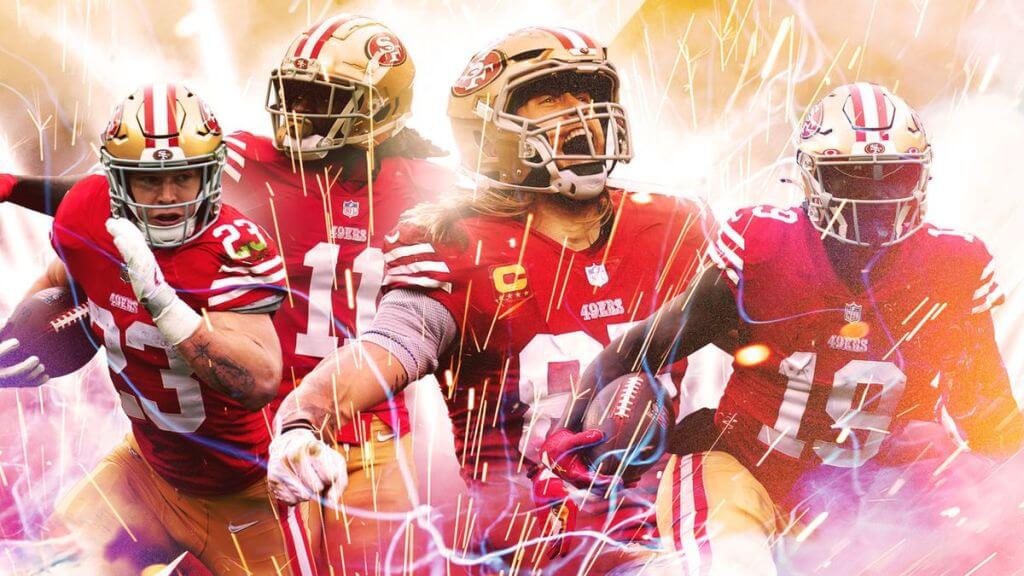
The rover position has been used by many great NFL players over the years.
Here are some of the most notable:
- Charles Woodson – Woodson played rover during his time with the Green Bay Packers in the late 2000s. His versatility and playmaking ability made him perfect for the rover role, as he could cover receivers, stop the run, and rush the passer. Woodson won Defensive Player of the Year while excelling as a rover.
- Rodney Harrison – With the San Diego Chargers in the 1990s and 2000s, Harrison made his name as an intimidating rover. He had a rare blend of size, speed, and physicality that allowed him to make impact plays all over the field. Harrison was a two-time All-Pro at the position.
- Ronnie Lott – Although better known as a safety, Lott also spent time as a rover when playing for the San Francisco 49ers in the 1980s. He used his hard-hitting style and cover skills seamlessly while lining up in multiple spots as a rover. Lott is in the Hall of Fame for his versatile secondary play.
- Troy Polamalu – Polamalu became renowned for his instinctive, freewheeling play at rover with the Pittsburgh Steelers. He wasn’t confined to one position, instead flowing to the ball and using his speed and tackling ability to take away entire sections of the field. His success as a rover led to him being named to eight Pro Bowls.
- Kamerion Wimbley – A fast and powerful pass rusher, Wimbley excelled as a blitzing rover for the Cleveland Browns in his early career in the late 2000s. He could rush off the edge or shoot interior gaps dynamically from the rover spot, recording over 40 sacks in his first three seasons in the role.
Advantages of Using a Rover

The rover position offers several key advantages for NFL defenses that utilize it:
- Additional defensive flexibility – The rover allows defenses to be more creative and unpredictable. By having a player who can line up in multiple locations pre-snap, defenses can disguise their intentions more effectively. This allows them to confuse quarterbacks and slow down fast-paced offenses.
- Better coverage of offensive weapons – Modern NFL offenses are loaded with dangerous pass catchers, including tight ends, running backs, and slot receivers. The rover provides an extra defensive back to account for these offensive mismatches. They can cover TEs and RBs in man coverage or double team top receivers.
- More ways to generate pressure – The rover is essentially an extra blitzer coming from an unexpected position. This gives defensive coordinators more options for exotic blitz packages. The rover can attack from different angles to overwhelm blockers and get clean runs at the quarterback.
- Run support and containing mobile QBs – Rovers are useful for providing additional run defense and for keeping mobile quarterbacks like Lamar Jackson contained in the pocket. Their versatility allows them to play near the line of scrimmage against the run or spy athletic QBs on passing downs.
- Takeaway opportunities – By confusing quarterbacks with disguised coverages, rovers can generate more takeaways from overthrows, misreads, and tips/picks. Their pre-snap movement masks their intentions, leading to rushed throws and poor decisions.
Disadvantages/Limitations of the Rover Position

The rover position, while providing versatility, does come with some potential drawbacks.
Some of the key disadvantages and limitations include:
- Can lead to communication issues – With the rover potentially lining up all over the field, it can be challenging to communicate assignments and adjustments pre-snap. The rover needs to be on the same page as the rest of the defense.
- Requires a smart, athletic player – A rover needs to be able to understand complex defensive schemes, while also possessing the speed and agility to perform a variety of coverage assignments. Not every player has the mental and physical traits to succeed.
- Matchup concerns vs receivers/tight ends – If an offense isolates a rover in man coverage against a talented receiver, it could be a mismatch favoring the offense. Rovers are generally better suited to zone coverage.
- Less size/physicality vs the run – Relative to a traditional linebacker, the rover may lack some size and physicality to fill run gaps and take on lead blockers. Offenses may target the rover in the run game.
- Can create issues vs mobile QBs – The flexibility of the rover can help spy mobile QBs. But if a rover blitzes and the QB escapes, it leaves a void that can be exploited.
- Harder to disguise intentions – With the rover potentially lined up anywhere, it makes it more difficult to mask where the pressure is coming from. Defenses may tip their hand based on the rover’s alignment.
Overall, the rover requires the right scheme and personnel to succeed. When used correctly, a rover’s versatility can be an advantage. But defenses must also be aware of the limitations and potential issues.
Usage in Modern NFL Defenses
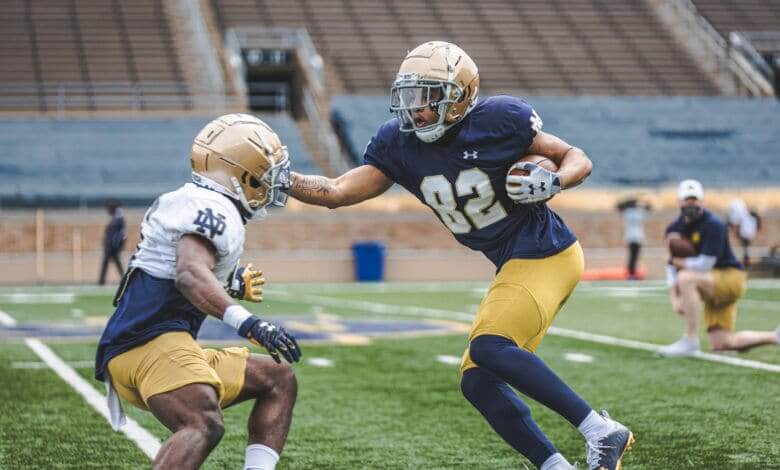
The rover position has declined in usage in the NFL over the past couple decades. While once a more common component of defensive schemes in the 1960s through 1980s, the rover is now seen only situationally in the modern NFL.
There are a few reasons for this:
- Advances in scouting and game planning have made offenses better at identifying and scheming against the rover role. Offenses can more readily exploit the gaps and mismatches caused by the rover’s versatile positioning.
- The rise of pass-heavy offenses means defenses need extra defensive backs instead of hybrid linebacker/safety personnel. Rovers excel against the run but can be a liability in downfield pass coverage.
- Complex blitz packages and disguised coverages have reduced the need for a rover to act as a wild card defender. Modern defenses have found other ways to confuse offenses.
- Protecting against mobile QBs and jet sweeps requires disciplined gap control and assignments. The freelancing rover provides flexibility but can also be out of position against misdirection.
- Injuries, roster limits, and salary caps make most teams hesitant to devote a roster spot to a situation-specific rover.
As a result, rovers in the NFL today are generally used situationally for specific down and distance packages. Many teams employ versions of a nickel rover or “big nickel” but full-time rovers have largely disappeared from NFL defenses. The versatility of the position still offers value but primarily as a change-of-pace look for certain scenarios.
The Future of the Rover Role
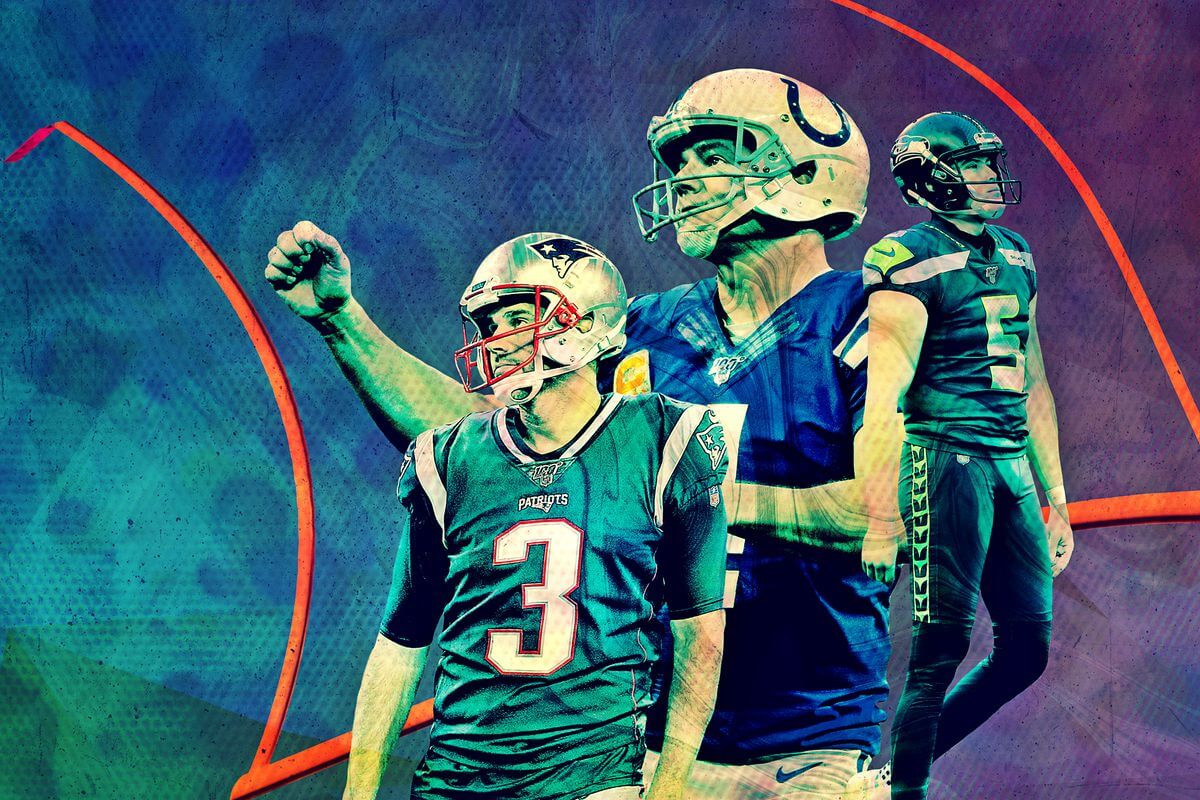
The rover role has declined in usage in modern NFL defenses, but some teams still find it advantageous in certain defensive schemes and situations.
Looking ahead, the future of the rover is uncertain. On one hand, the complexity of modern NFL offenses suggests that defensive flexibility provided by a rover could become more useful. As offenses utilize more spread formations with multiple receiver sets, having a versatile defender like a rover who can line up anywhere provides defenses more options to counter those looks. Rovers allow defenses to disguise their intentions pre-snap and adjust to motion and shifts after the play begins. Their multifaceted skillset enables them to cover receivers, tight ends, or running backs while also providing support against the run.
On the other hand, the rover’s responsibilities could be filled by other defensive positions like safety/linebackers hybrids. Most NFL defenses now use versatile defenders that blur traditional position labels. Modern linebackers are often as adept in coverage as traditional defensive backs. Safeties have become bigger and more physical against the run. This evolution makes a designated rover role less necessary. Coaches may prefer to simply use their most athletic and interchangeable defenders situationally rather than commit a specific roster spot to a rover.
Ultimately, the rover position will likely continue to appear in specific defensive schemes but may never again be universally utilized across the league. Innovative defenses may use a rover in strategic ways to maximize flexibility, but it is unlikely to regain the widespread prominence it once had. Its future utility will depend on how offenses evolve and how defenses counter those innovations.
The rover role retains strategic potential, but remains on the fringe of NFL defensive strategies.

